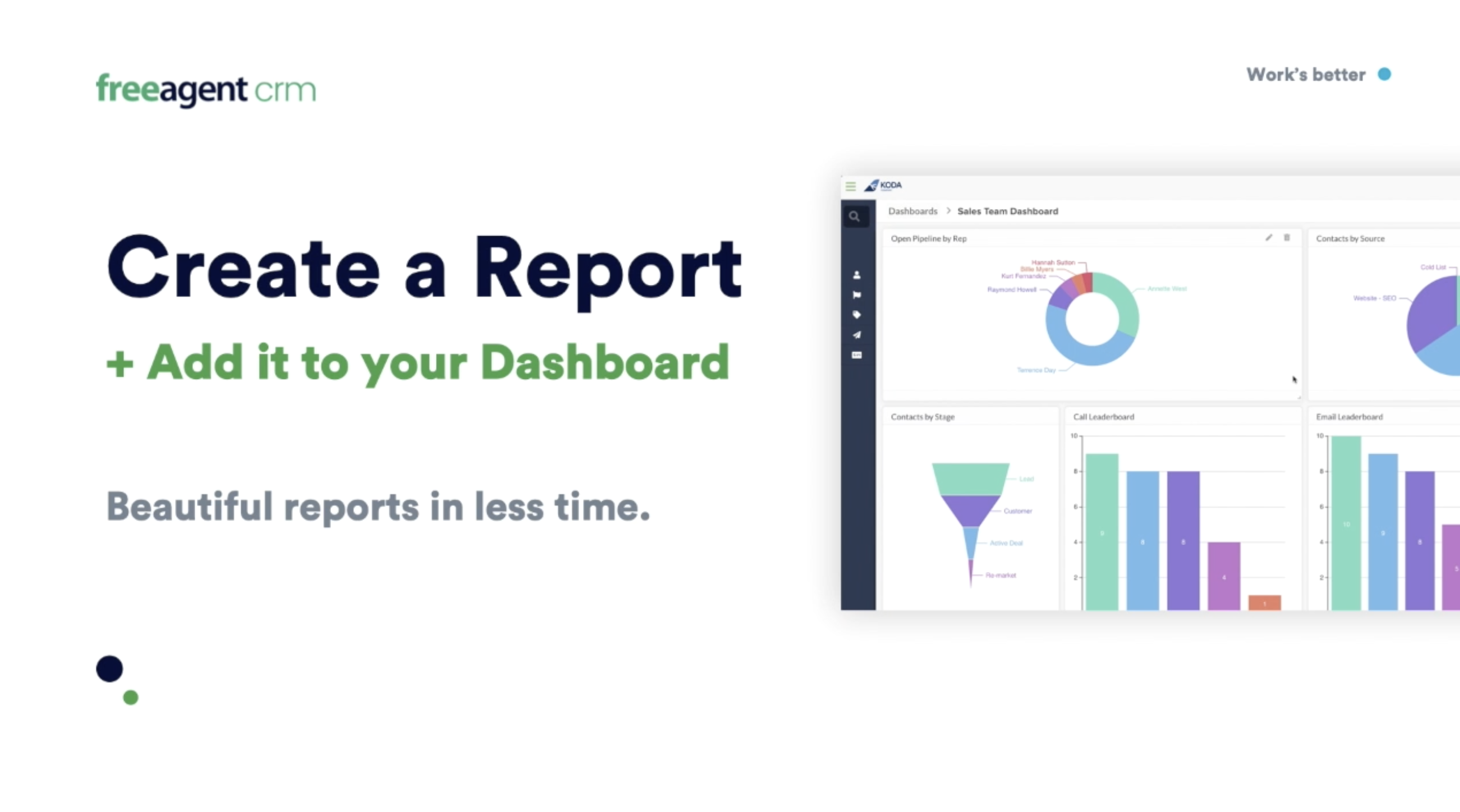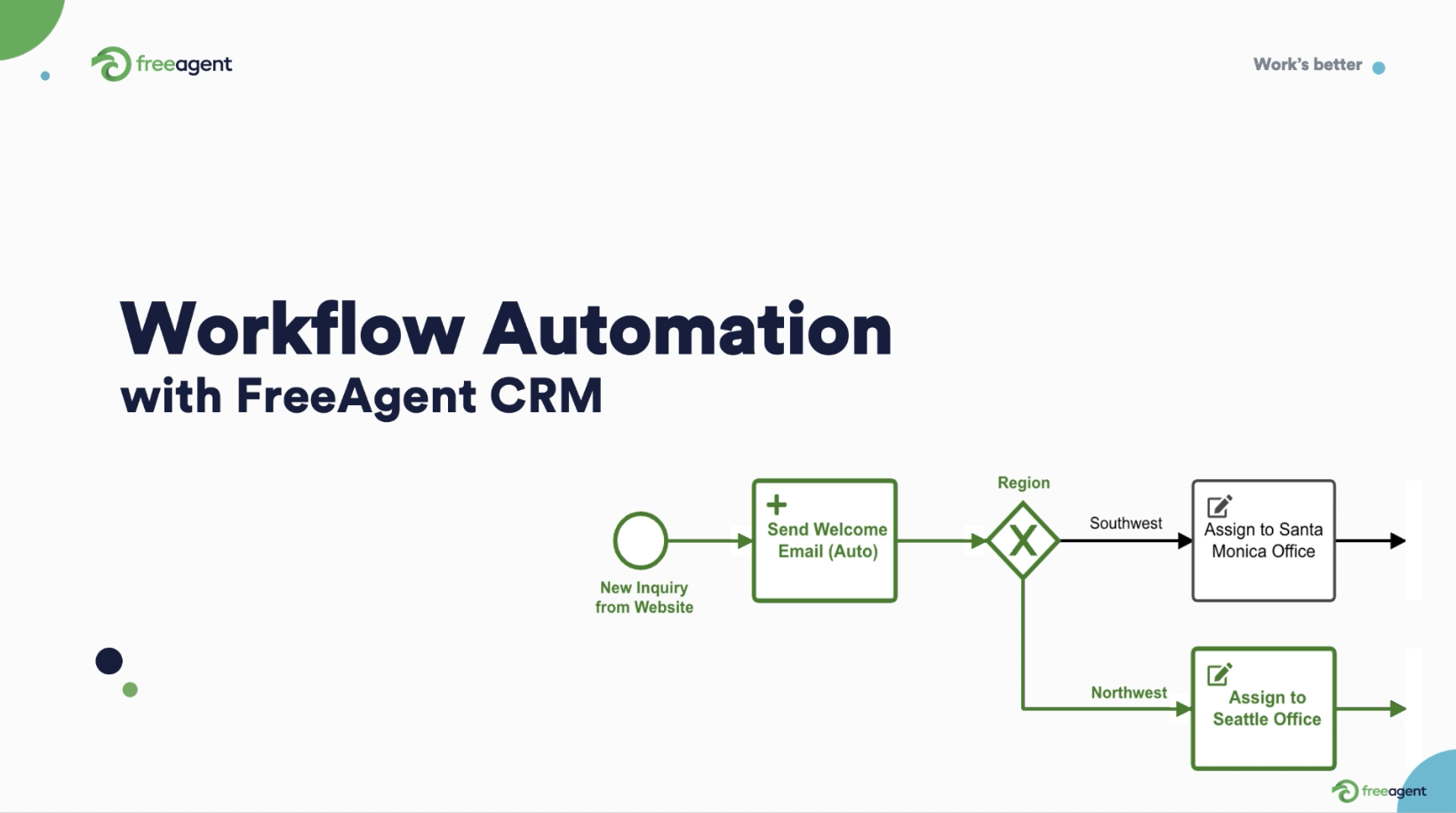“How do you come up with CRM topics to write about?”
I got this question recently and reflected on my journey in writing CRM content.
CRM content can be challenging for new writers to ideate.
- How do you find content gaps?
- How should you distribute content?
- What CRM keywords should you cover?
- How do you track content performance?
As a CRM company, FreeAgent aims to educate Ops and sales teams on different topics related to selling and managing accounts through CRM.
If you’re in the same space, our content marketing process may help you craft high-quality content for your channels.
This guide is split into four parts:
- Ideating content
- Creating content
- Promoting content
- Tracking content performance
Let’s dive in.
Part I: Ideating content
There are five main ways we generate content ideas for FreeAgent’s blog, newsletter, and social media channels:
- Social media conversations
- Internal campaigns
- Audience insights
- Reflections
- SEO tools
#1 Social media conversations
We draw content ideas from LinkedIn conversations involving our ICPs.
If our ICPs are gathering around a specific topic with high engagement, it signals they care a lot about that topic and we should probably cover it.
Crafting such content gives us something to enter future similar conversations with.
SEO tools can only tell us what people have searched for (i.e. capturing existing demand).
They don’t tell us what people are talking about (creating demand).
A great example is our piece on CRM hygiene, which was inspired by this LinkedIn thread.
By getting ahead of these conversations and keywords, we position ourselves to rank better for these topics and create content people actually care about.
#2 Internal campaigns
Internal campaigns often need content as part of a wider external push.
Examples include our new pricing (which resulted in ‘Usage, Not Users’) and our upcoming ProductHunt launch.
We often prioritize these campaigns over normal blog content, as they’re directly related to a change in how we do business or a push to acquire new customers.
#3 Audience insights
Internally, our main ICP is the operations lead.
However, our current LinkedIn audience is largely made up of Sales and Business Development professionals:

We need to serve the people who follow us online by creating content that helps them do their jobs better.
We’ll continue to cover CRM-primary topics going forward, targeting Ops leaders and practitioners.
However, CRM is just one tool in a sales team’s toolbox.
There are other aspects of the job (prospecting, selling, supporting) that are higher-priority for these audiences than picking any specific CRM.
Competing on features alone (“Our task management feature is better than XYZ”) won’t help us in the long run.
We need to dive deeper and help business teams sell and support their customers better, while showing how our tool plays into those activities.
By targeting higher-level Jobs To Be Done, we can highlight the importance of CRM software better (i.e. “Building the rest of the house”).
#4 Reflections
Our content is also inspired by our learnings. Posts like this one are meant to share internal insights to help other practitioners.
The content team might write about our content generation process, while the executive team shares thoughts on our pricing or product development.
Thought leadership builds trust and sharpens our collective writing skills.
#5 SEO tools
SEMrush, our current SEO tool tracks different keywords we can create content around.
It gives us an overview of high-traffic keywords, competitor rankings, and content gaps we can cover.
This has inspired most of our CRM-focused content, like CRM training, CRM adoption metrics, CRM maturity, CRM trends, and CRM ROI.
In this way, SEO tools help us cover the necessary top, middle, and bottom-of-funnel keywords around CRM software on our blog.
Part II: Creating content
Deciding formats
Content doesn’t have to be boring.
We believe buyers more likely to consume well-packaged content that teaches them something new.
Because of this, our content may live as:
- Infographics
- Calculators
- Webinars
- Threads
- Quizzes
- Comics
- Vlogs
- Maps
Writing and editing
Each article begins with an outline that the writing team reviews for relevance and accuracy.
Once it’s green-lit, the writer prepares a first draft for review. The writing team gives constructive feedback on the structure, grammar, data sources, and flow of the article.
We don’t have a hard and fast rule, but we aim for 1,000 to 3,000 words per piece, with most articles settling in the 1,500 to 2,500-word range.
Once changes are made, the article is published to our blog via WordPress. We use a staging website to ensure everything looks good before going live.
Recordings and webinars
Sometimes, we’ll host a live webinar via LinkedIn or Zoom with an influencer in the sales or Ops space.
We’ve found that this attracts a more engaged crowd and introduces new audiences to us.
After the webinar, we turn the recording into a blog post.
Examples of webinars-turned-blog-posts we’ve done include:
- First 100 Days: The VP Operator Playbook (ft. Carmeanna Eberly)
- 5 Industrial Marketing Tips From A Demand Gen Director (ft. Matthew Sciannella)
Part III: Promoting content
Writing content is just the first step. Promoting it is the crucial second.
Each post first goes up on our website’s blog, tucked under the Resources section.
If you’ve got other owned media, such as a podcast, vlog, or newsletter, your content should go there first.
After publishing, it’s time for promotion. At FreeAgent, we promote our content in two main ways:
- Shared channels
- Paid ads
#1 Shared channels
We’ve got a LinkedIn page and LinkedIn newsletter through which we distribute content.
In the past, we also distributed content through Twitter and Facebook, although we’ve deprioritized those accounts to focus on LinkedIn.
We also sometimes share our content in relevant online sales communities and forums on Slack, like RevGenius and Wizards Of Ops.
#2 Paid ads
When the situation calls for it (e.g., during seasonal campaigns or events), we run ads against our content to drive traffic to our blog posts and landing pages.
Part IV: Tracking content performance
We track content performance in three main ways:
- Google Analytics and Search console
- LinkedIn content analytics
- Feedback from the board
#1 Google Analytics and Search console
We track content performance by looking at our Google Analytics dashboard.
We’re also in the process of hiring a digital PR specialist who will help promote our content and increase our traffic.
(If you know anyone who’d fit the role, please recommend them to us.)
However:
- An important aspect of optimizing our search rankings is linking to existing content. As we build our web of content, we add internal links to give our readers the best content experience.
- We also run ads against blog content to ensure more of our ICPs see the content in-feed — part of our strategy to leverage dark social.
#2 LinkedIn content analytics
Continuing with the theme of in-feed content consumption, an obvious way to track content performance is by looking at our LinkedIn analytics dashboard.
This dashboard tells us how our content is performing on LinkedIn, one of our most important channels.
The important metrics here are impressions and engagement rate, in that order.
This is because while not everybody will click on, like, share, or comment on our posts, it’s more important that they see it.
The more people see our content, the more likely they are to share it with their teams, bookmark it for later, and eventually engage with the content directly.
#3 Feedback from the Board
Part of our mandate from the Board is to create more FreeAgent content.
Over our last two Board meetings, the Board has expressed satisfaction with our efforts in that regard.
For example, Dave Ng, GP at Altara Ventures, one of our funders, sometimes shares our content to his feed.
While GPs get quarterly updates from our exec team, they are exposed to our LinkedIn and blog content year-round.
Our goal is to get more of our internal partners engaging with our content more often.
Write your next CRM article
Ideating and publishing CRM-focused article can be challenging at first, but it gets easier with time.
By ideating collaboratively with your team, sourcing content ideas from your customers, and staying active on social, you can produce more effective CRM content that drives traffic and conversions.
Use tools like Frase and SEMrush to ideate your next CRM guide or article.
And connect with the FreeAgent content team on LinkedIn!






